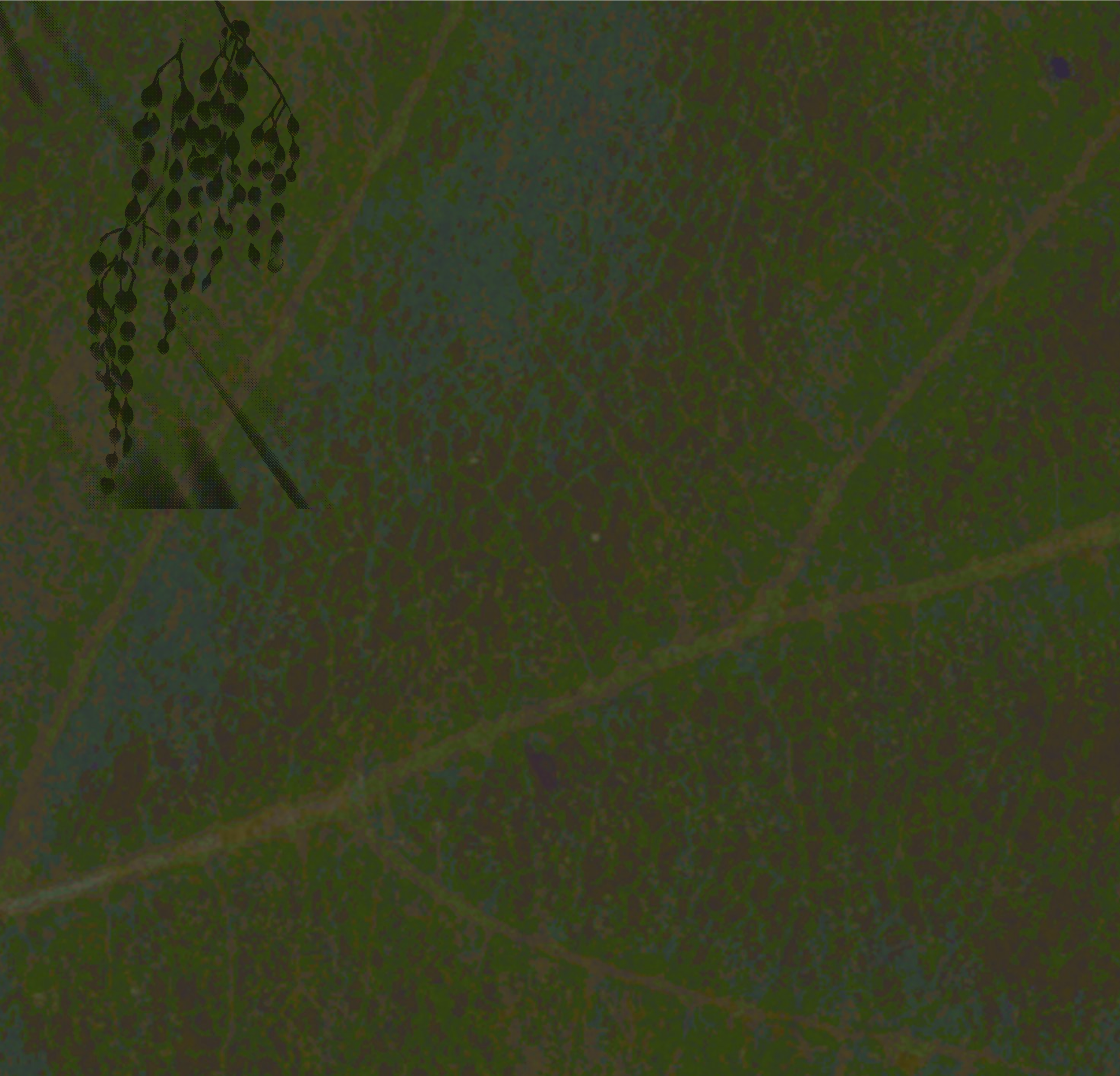
Our Ethos
ROOTED IN COMMUNITY
We center the margins, lifting up the stories from our home-communities and other communities historically pushed to the edges. We respectfully work with the land, not as blank canvas, but as living relative. Our work is grounded in place, rooted in community; our installations come to life on street corners, beside monuments, in sacred and everyday spaces alike.
A GROWING ARCHIVE
We make room for grief—personal and collective—knowing that mourning is not separate from justice, but a part of its unfolding. We archive our work so it may live beyond fleeting flowers, creating a growing record of communal care, cultural memory, and collective healing. Ours is a collaborative practice—we create alongside artists, elders, organizers, youth, farmers, and gardeners, because we know that—as Dr. Kimmerer says—all flourishing is mutual.
HEALING HOME
We reject the culture of urgency and extraction, choosing instead to move at the speed of ceremony—with intention, with ritual, and with care. And above all, we believe joy is a birthright. Even in the midst of heartbreak, we claim celebration, delight, and tenderness as necessary parts of liberation.
Through thousands of flowers, collaboration, and acts of public witness, Send Flowers To becomes an altar for justice where we say “Yakoke” to Creator for the medicines needed to heal our home.
We are rooted in an ethos which is an endless source of accountability and inspiration.
We believe that art is medicine. Our floral installations are not simply decorative—they are offerings, created with deep intention to tend to memory and community. Each flower placed is an act of reverence: for ancestors, for the land that holds us, for those we’ve lost, and for the futures we’re dreaming into being. We respond to often hidden histories of grief, injustice, and erasure with beauty—beauty as a tool of resistance, a gesture of hope, a balm for pain.
How it all started
Born from the stillness of lockdown in 2020, #SendFlowersTo began as a digital movement—an offering of beauty as protest, of art as a vehicle of public grief. Since then, The Wild Mother has led a series of installations honoring the Tulsa Race Massacre centennial, the MMIW crisis, and criminalized survivors of domestic violence.
Each iteration calls artists and community members into sacred collaboration. This work says what words cannot. It offers something whole where systems have failed.






